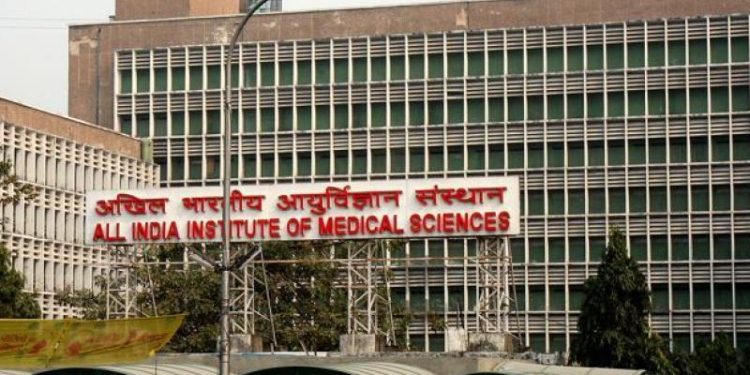Guru Prasad Mohanta
The report based on research conducted by a team of scientists from the All India Institute of Medical Sciences, New Delhi, said 22 superbugs-infected patients admitted to the trauma centre of the healthcare facility during January 2016 to October 2017 did not respond to the last hope antibiotic, colistin. The report said 45 per cent, that is, ten of these patients, died within 15 days of admission. This is a very alarming figure. The last resort antibiotic is losing its effectiveness.
Infection with resistant bacteria is common. The emergence of antibiotic resistance (in fact for all microorganisms, hence called antimicrobial resistance) is natural and hence, can’t be prevented but only delayed. The World Health Organisation has already identified antibiotic resistance as one of the top 10 global threats. It is estimated that if no action is taken around the world, antimicrobial resistance will cause 10 million deaths a year by 2050 and result in an accumulated cost of $100 trillion for the global economy.
Just as with the
anti-polio campaign, it may not be impossible to promote appropriate use of antibiotics
India, for the first time realised the issue of antibiotic resistance, when New Delhi metallo-ß-lactamase-1 enzyme (NDM-1) was reported in 2009 in a Swedish patient who visited India. The presence of NDM-1 makes the bacteria resistant to certain antibiotics. Though India was in denial about the name tag, soon the bacteria with NDM-1 was reported from many other countries. The development of antibiotic resistance is directly linked to their use. Though the per capita consumption of antibiotics in India is low, the 2014 figure shows that India was the highest consumer of antibiotics, followed by China and the United States.
Many reasons are attributed for high antibiotic resistance rate in India: High consumption of broad spectrum antibiotics and inappropriate use of them are the most common cause. Self-medication, easy availability without prescription, lack of knowledge about the appropriate use among formal and non-formal healthcare providers and consumers contribute to the development of resistance. Unrestricted availability of antibiotics makes people vulnerable to their overuse and unnecessary use not only for human health but also for their use in animals. The 2010 data showed that India was the fifth largest consumer of antibiotics in food animals: poultry, pigs and cattle. The use of antibiotics as growth promoters in food animals and poultry is a common practice.
Colistin, the last resort antibiotic, has been rampantly used as growth promoter in poultry. One study showed that nearly 50 per cent of the meat, vegetables and fruit sold in the retail market in Chennai city contained bacteria resistant to the drug. Finally, in July, the government of India prohibited the manufacturing, sale and distribution and colistin formulations for food-producing animals, poultry, aqua-farming and animal feed supplements with immediate effect. In January, the US Food and Drugs Authority had issued an import warning for India’s shrimps export. US is the largest market for Indian shrimps and accounts for about 28 per cent of India’s export share.
Though all types of antimicrobial resistance are of concern, antibiotic resistance is most serious at present. Antibiotic resistance is a complex problem that requires global effort to combat. But individual countries need to make serious efforts to combat the development of resistance, failing which we will lose our battle against the infectious bacteria. Losing battle against bacteria means we shall have no weapon to fight infectious diseases and we shall have post-antibiotic era similar to pre-antibiotic era where simple infections such as sore throat can kill. Everyone has the responsibility to preserve antibiotics, a bulwark against infection. When we could achieve polio-free status with massive campaign sensitising people on polio vaccination, it may not be impossible to promote appropriate use of antibiotics among all stakeholders in the best interest of future generations.
The writer is a professor of pharmacy, Annamalai University, Tamil Nadu.






































